by Maniza Naqvi
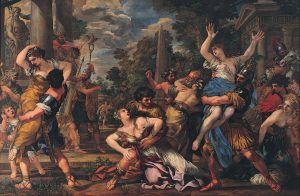 I write this as Saturday begins to wane on the long Columbus Day weekend while I listen on the radio to the speeches given by senator after senator prior to the final confirmation vote for Bret Kavanaugh as Associate Justice on the Supreme Court of the United States of America. The vote is scheduled for 3.30 p.m. October 6, 2016. I listen to their conflicted words in the Senate of the United States pleading yes or no, or yes and no. Conjuring images, I am reminded of that Roman mythology and the artists’ rendition of it, of the Rape of the Sabine Women.
I write this as Saturday begins to wane on the long Columbus Day weekend while I listen on the radio to the speeches given by senator after senator prior to the final confirmation vote for Bret Kavanaugh as Associate Justice on the Supreme Court of the United States of America. The vote is scheduled for 3.30 p.m. October 6, 2016. I listen to their conflicted words in the Senate of the United States pleading yes or no, or yes and no. Conjuring images, I am reminded of that Roman mythology and the artists’ rendition of it, of the Rape of the Sabine Women.
The idea and basis of the State is illustrated by artists through a rendition of this mythology for its first founding. The idea of State as we know it is based on this concept and definition of family and marriage in which there are unequal members: some to be served and others to serve; some to consume while others to produce; some to own and others to be owned; some to rule and others to be ruled; some to be strong and continuously strengthened by all means necessary and others to be weak and be weakened by all means necessary. All this a must for the good of the State—and the spirit vested into it through this definition of family. Read more »

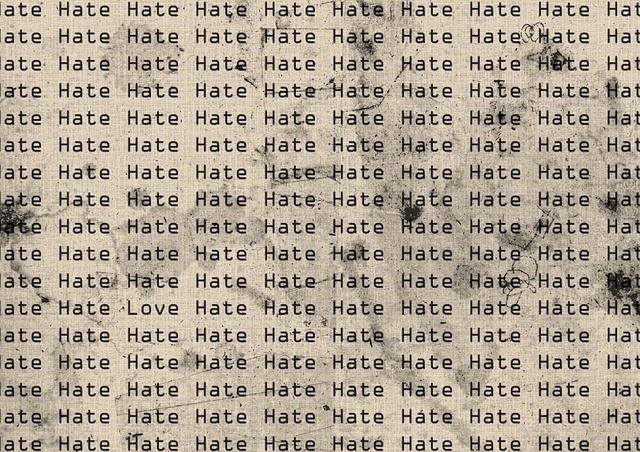
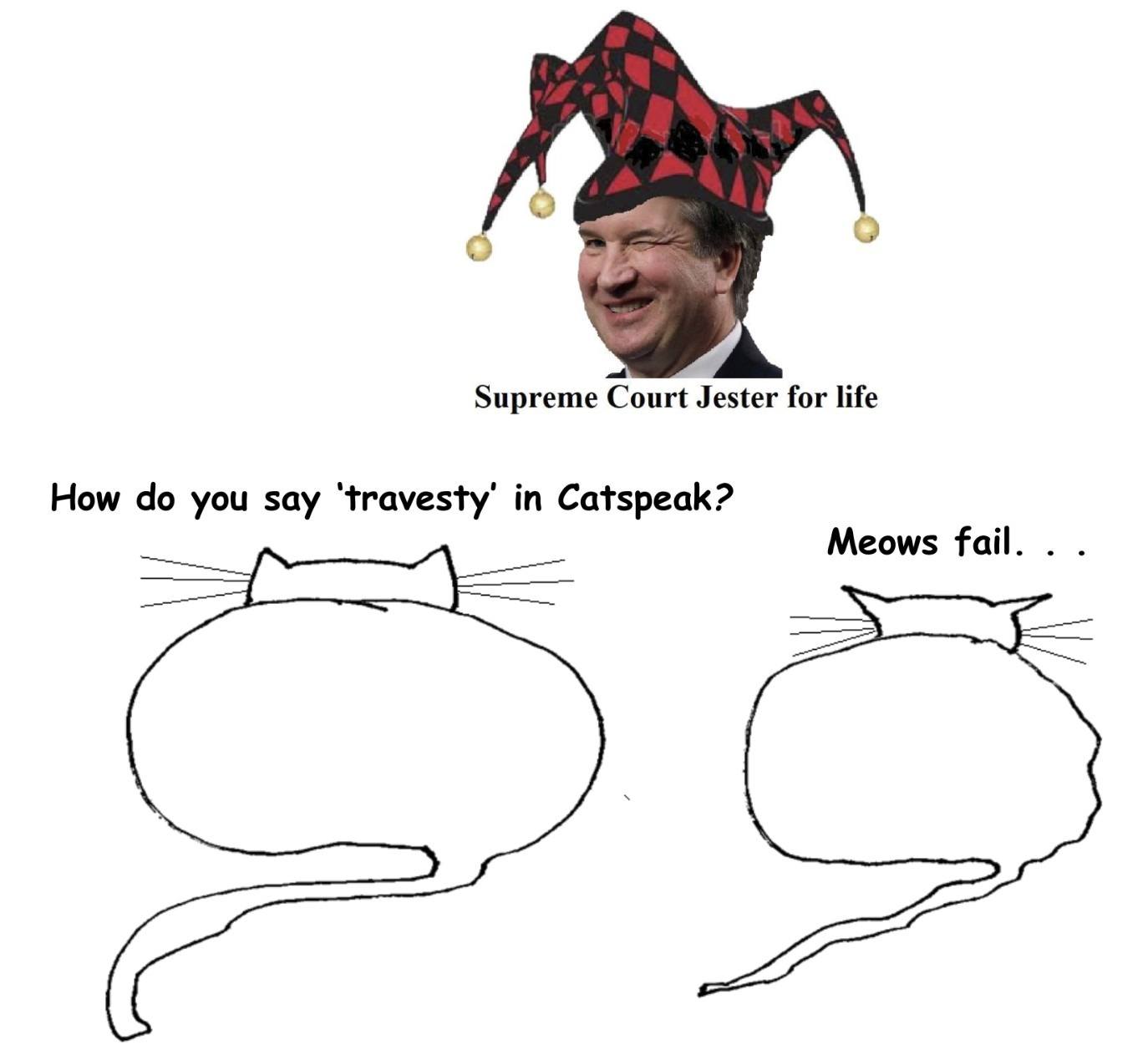
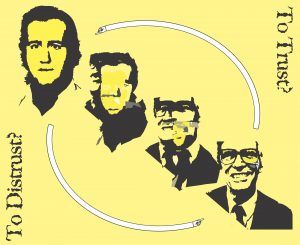

 A rather ambitious
A rather ambitious 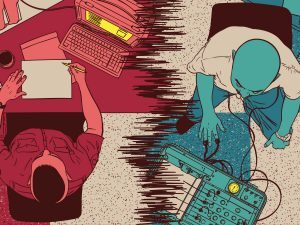 CHRISTOPHER TALBOT THOUGHT
CHRISTOPHER TALBOT THOUGHT  It was the autumn of 1868, and for the samurai warriors of the Aizu clan in northern Japan, battle was on the horizon. Earlier in the year, the Satsuma samurai had staged a coup, overthrowing the Shogunate government and handing power to a new emperor, 15-year-old
It was the autumn of 1868, and for the samurai warriors of the Aizu clan in northern Japan, battle was on the horizon. Earlier in the year, the Satsuma samurai had staged a coup, overthrowing the Shogunate government and handing power to a new emperor, 15-year-old 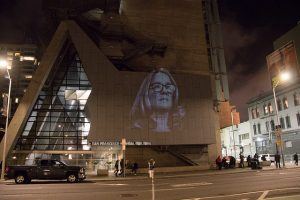 IT’S PROVING DIFFICULT TO STOP THINKING
IT’S PROVING DIFFICULT TO STOP THINKING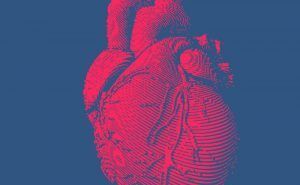 When working with people in other disciplines – whether surgeons, fellow engineers, nurses or cardiologists – it can sometimes seem like everyone is speaking a different language. But collaboration between disciplines is crucial for coming up with new ideas.
When working with people in other disciplines – whether surgeons, fellow engineers, nurses or cardiologists – it can sometimes seem like everyone is speaking a different language. But collaboration between disciplines is crucial for coming up with new ideas. People too often forget that IQ tests haven’t been around that long. Indeed, such psychological measures are only about a century old. Early versions appeared in France with the work of Alfred Binet and Theodore Simon in 1905. However, these tests didn’t become associated with genius until the measure moved from the Sorbonne in Paris to Stanford University in Northern California. There Professor Lewis M. Terman had it translated from French into English, and then standardized on sufficient numbers of children, to create what became known as the Stanford-Binet Intelligence Scale. That happened in 1916. The original motive behind these tests was to get a diagnostic to select children at the lower ends of the intelligence scale who might need special education to keep up with the school curriculum. But then Terman got a brilliant idea: Why not study a large sample of children who score at the top end of the scale? Better yet, why not keep track of these children as they pass into adolescence and adulthood? Would these intellectually gifted children grow up to become genius adults?
People too often forget that IQ tests haven’t been around that long. Indeed, such psychological measures are only about a century old. Early versions appeared in France with the work of Alfred Binet and Theodore Simon in 1905. However, these tests didn’t become associated with genius until the measure moved from the Sorbonne in Paris to Stanford University in Northern California. There Professor Lewis M. Terman had it translated from French into English, and then standardized on sufficient numbers of children, to create what became known as the Stanford-Binet Intelligence Scale. That happened in 1916. The original motive behind these tests was to get a diagnostic to select children at the lower ends of the intelligence scale who might need special education to keep up with the school curriculum. But then Terman got a brilliant idea: Why not study a large sample of children who score at the top end of the scale? Better yet, why not keep track of these children as they pass into adolescence and adulthood? Would these intellectually gifted children grow up to become genius adults?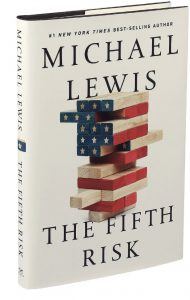 “Many of the problems our government grapples with aren’t particularly ideological,” Lewis writes, by way of moseying into what his book is about. He identifies these problems as the “enduring technical” variety, like stopping a virus or taking a census. Lewis is a supple and seductive storyteller, so you’ll be turning the pages as he recounts the (often surprising) experiences of amiable civil servants and enumerating risks one through four (an attack by North Korea, war with Iran, etc.) before you learn that the scary-sounding “fifth risk” of the title is — brace yourself — “project management.”
“Many of the problems our government grapples with aren’t particularly ideological,” Lewis writes, by way of moseying into what his book is about. He identifies these problems as the “enduring technical” variety, like stopping a virus or taking a census. Lewis is a supple and seductive storyteller, so you’ll be turning the pages as he recounts the (often surprising) experiences of amiable civil servants and enumerating risks one through four (an attack by North Korea, war with Iran, etc.) before you learn that the scary-sounding “fifth risk” of the title is — brace yourself — “project management.” It will mean fewer jobs. That was the chorus from many on the right, from Tej Parikh of the Institute of Directors to the chancellor, Philip Hammond, in response to proposals from the shadow chancellor,
It will mean fewer jobs. That was the chorus from many on the right, from Tej Parikh of the Institute of Directors to the chancellor, Philip Hammond, in response to proposals from the shadow chancellor,  How do hands move in heaven? Ted Danson knows. Watch him in “The Good Place,” NBC’s circle-squaring philosophical sitcom about life, death, good, evil, redemption and frozen yogurt. As Danson speaks, his hands flutter and hover in front of him like a pair of trained birds. They poke and swirl, pinch and twist. They snap suddenly ahead to accent a word as if they’re plucking a feather from a passing breeze. Danson is tall and slim — he was a basketball star growing up — and his hands are expressively large. He can move them, when he needs to, with the long-fingered languor of Michelangelo’s God reaching out to touch Adam. On the show, Danson plays an “architect” of the afterlife named Michael, a sort of immortal Willy Wonka who dresses in bright suits and bow ties. He is always flying into spasms of delight over the fascinating novelties of human culture — paper clips, suspenders, karaoke, Skee-Ball — and in one scene he gets so celestially excited that he lunges into a squat, holds his arms out in front of him and gyrates his wrists like an electric mixer on full blast. “How do you pump your fist again?” he asks. “Is this it?”
How do hands move in heaven? Ted Danson knows. Watch him in “The Good Place,” NBC’s circle-squaring philosophical sitcom about life, death, good, evil, redemption and frozen yogurt. As Danson speaks, his hands flutter and hover in front of him like a pair of trained birds. They poke and swirl, pinch and twist. They snap suddenly ahead to accent a word as if they’re plucking a feather from a passing breeze. Danson is tall and slim — he was a basketball star growing up — and his hands are expressively large. He can move them, when he needs to, with the long-fingered languor of Michelangelo’s God reaching out to touch Adam. On the show, Danson plays an “architect” of the afterlife named Michael, a sort of immortal Willy Wonka who dresses in bright suits and bow ties. He is always flying into spasms of delight over the fascinating novelties of human culture — paper clips, suspenders, karaoke, Skee-Ball — and in one scene he gets so celestially excited that he lunges into a squat, holds his arms out in front of him and gyrates his wrists like an electric mixer on full blast. “How do you pump your fist again?” he asks. “Is this it?” Belief is back. Around the world, religion is once again politically centre stage. It is a development that seems to surprise and bewilder, indeed often to anger, the agnostic, prosperous west. Yet if we do not understand why religion can mobilise communities in this way, we have little chance of successfully managing the consequences.
Belief is back. Around the world, religion is once again politically centre stage. It is a development that seems to surprise and bewilder, indeed often to anger, the agnostic, prosperous west. Yet if we do not understand why religion can mobilise communities in this way, we have little chance of successfully managing the consequences.